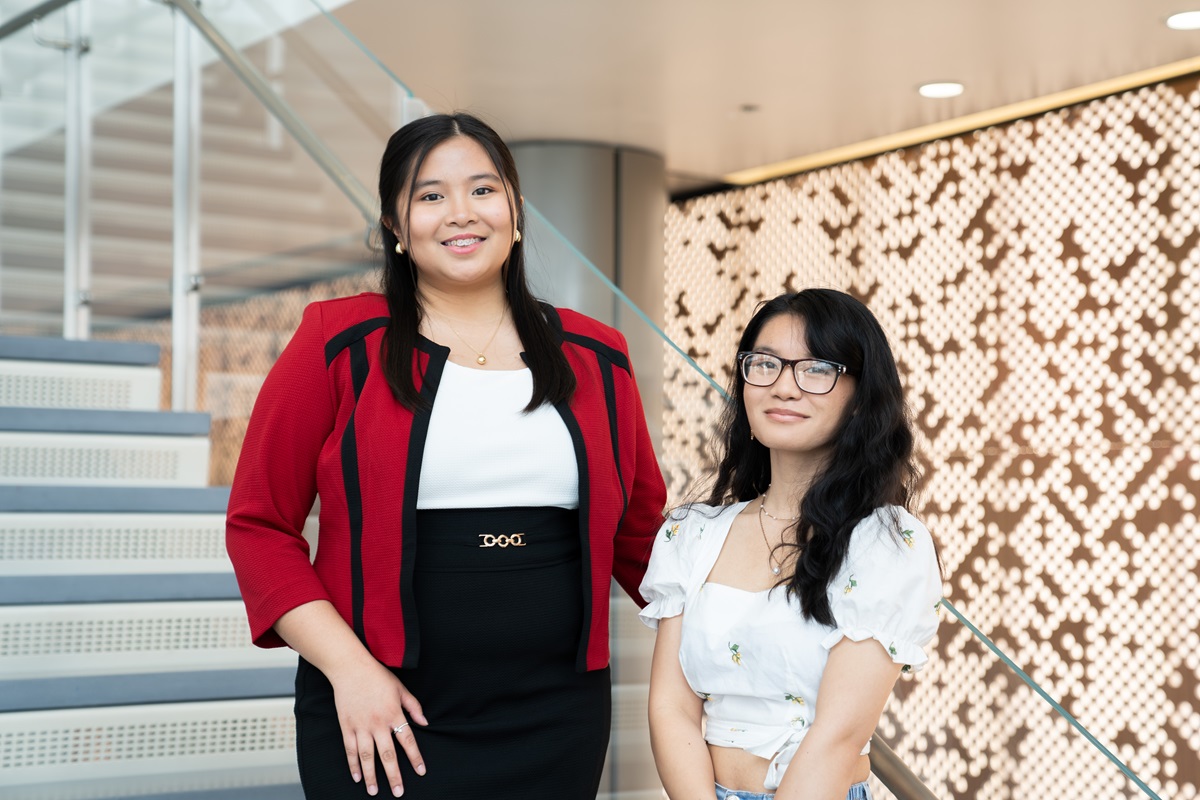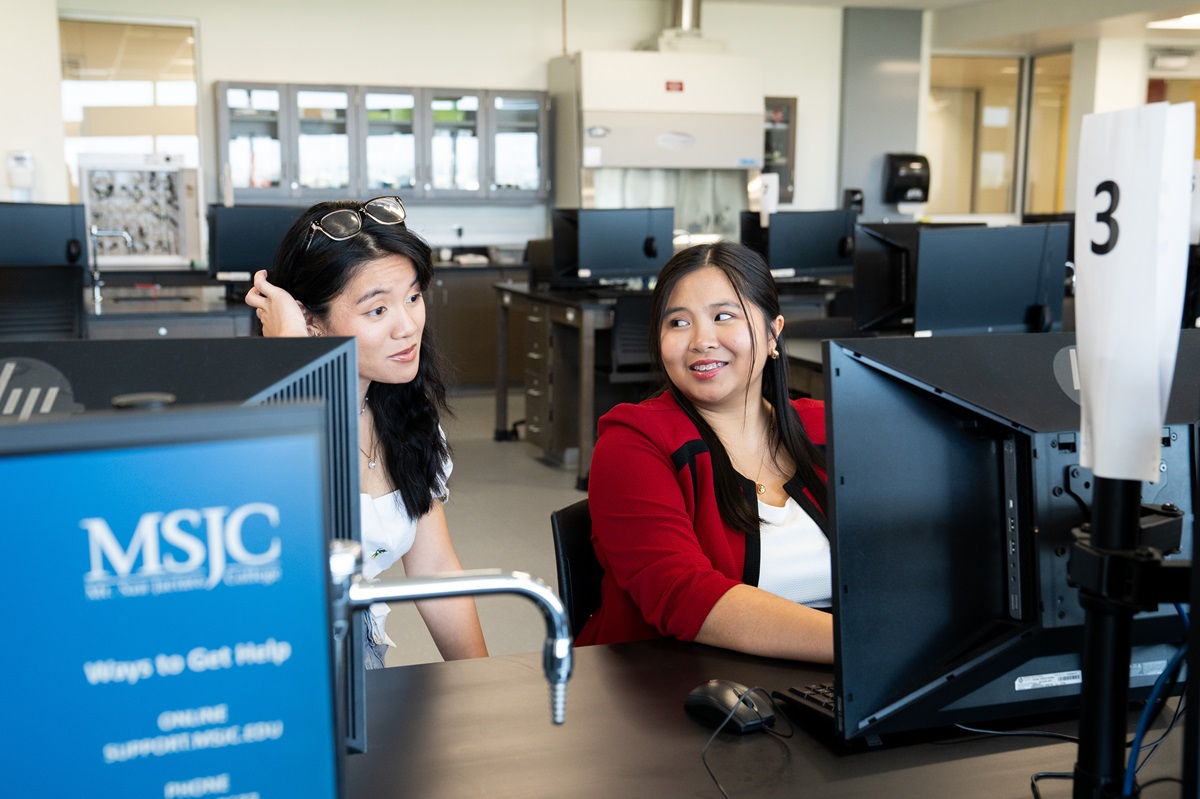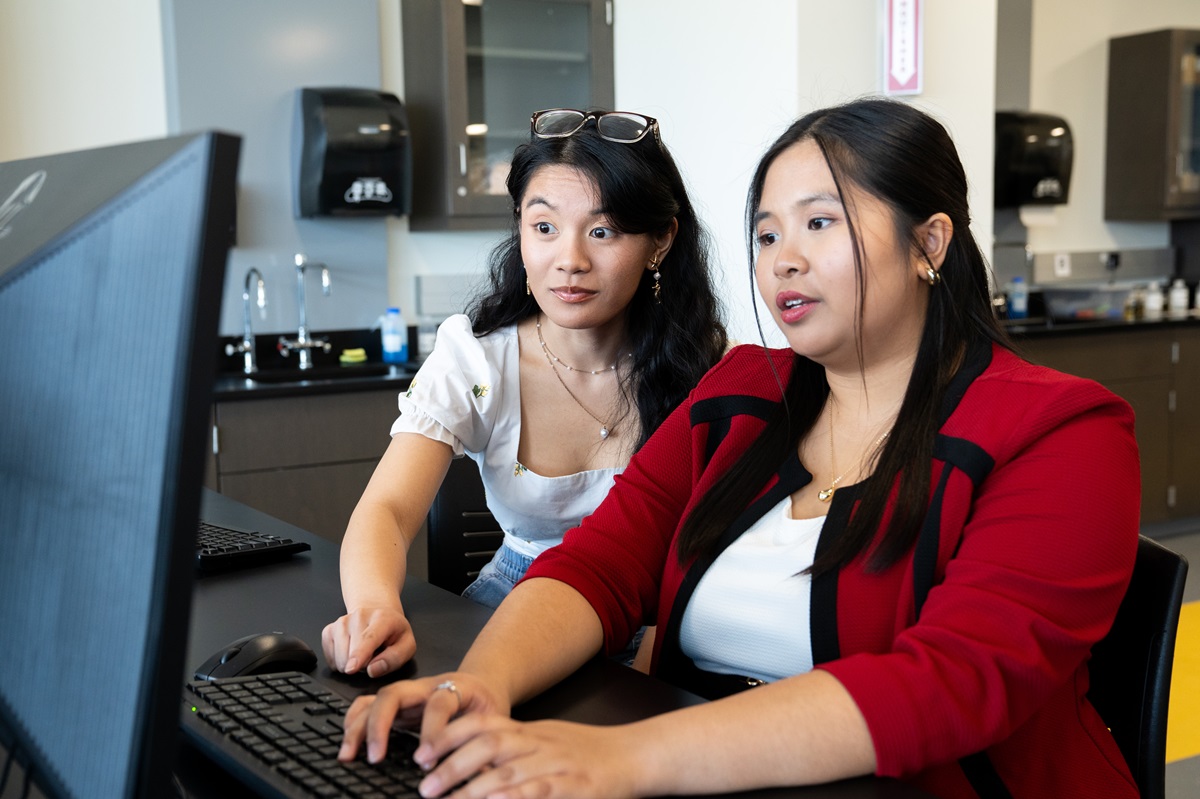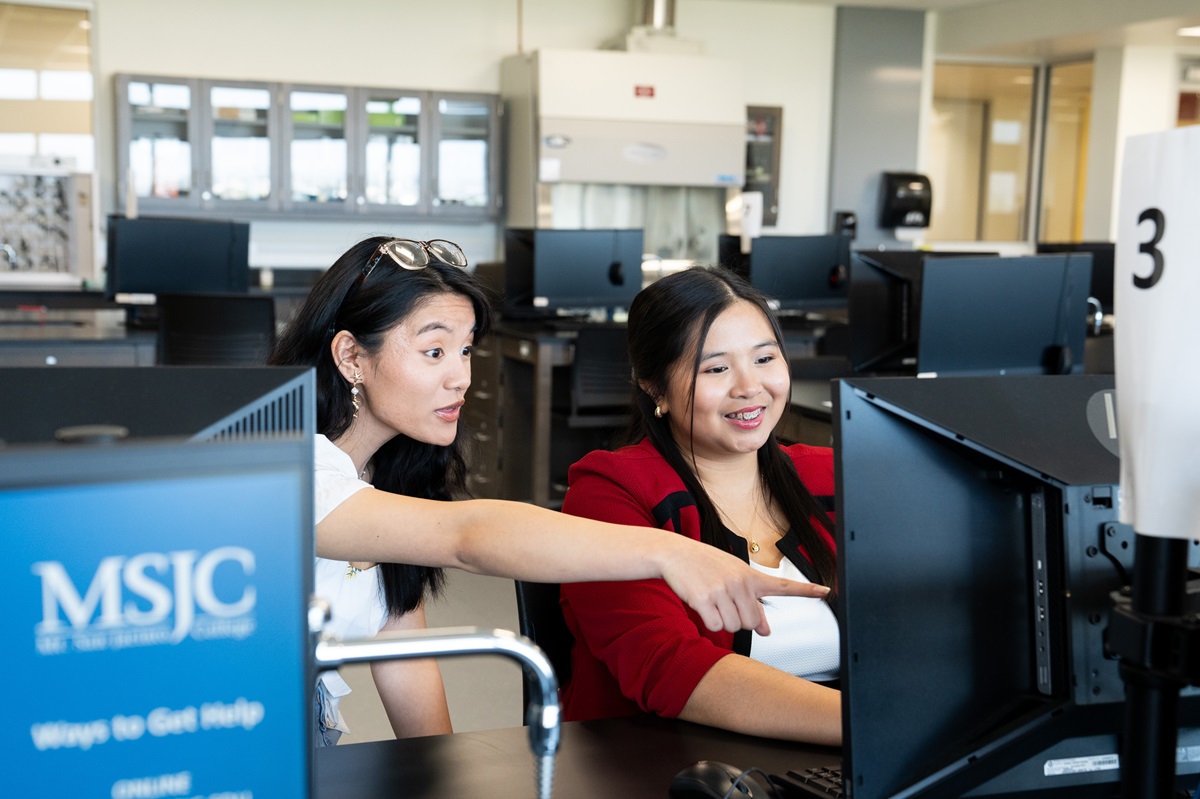Breaking Barriers: MSJC Students Chloe Geronimo and Agnezze Ventura Challenge Filipino Beauty Standards Through Research and Advocacy
2/11/2025
A Friendship Built on Curiosity and a Shared Mission
At Mt. San Jacinto College (MSJC), where students from diverse backgrounds come together to explore new ideas, two remarkable young women found both friendship and purpose in a shared research project. Alicia Chloe Nicole Geronimo, a 20-year-old Pre-Nursing student, and Agnezze Ventura, a 21-year-old aspiring lawyer specializing in environmental or immigration law, met in Professor Torres's Honors Cultural Anthropology class.
Though they lived just blocks apart, their paths had never crossed—until that semester. Their mutual interest in cultural identity and social structures led them to collaborate on an ambitious, comprehensive study: "The Colorist and Capitalist Roots of Filipino Beauty Standards."
What began as a class project soon turned into an eye-opening journey of self-discovery, historical analysis, and advocacy for change.
Unpacking the Colorist Foundations of Filipino Beauty Standards
For Agnezze, the research was deeply personal. Having spent her early years in the Philippines, she vividly recalled the ubiquity of skin-whitening products—from papaya lotions to injections promising a fairer complexion.
"My mother used to talk about being the darkest among her sisters," she recalled. "When I was growing up, she would tell me that my family was relieved I didn't inherit my father's darker complexion, and no one ever questioned those beauty standards. But at MSJC, I discovered a community that embraces diversity and taught me to appreciate differences rather than fear them."
Chloe, too, had long been troubled by the contradictory messages about beauty in mainstream media. As someone pursuing a career in medicine, she became particularly concerned about the psychological impact of beauty standards on young women.
"We tell children to love themselves, but they grow up seeing commercials glorifying fair skin," Chloe explained. "That inconsistency does real harm."
Determined to explore the deep-seated roots of these beauty ideals, the duo launched a research study from September to December 2024, collecting qualitative data from 24 participants, 26% of whom identified as white and 17% as Filipino.
Their findings revealed disturbing patterns:
- Generational trauma: Many families unknowingly perpetuate colorist ideals, passing down harmful beauty expectations to younger generations.
- Media influence: Filipino television, film, and advertising overwhelmingly favor light-skinned models and actors, reinforcing the belief that whiteness equals success.
- Capitalism's role: The skin-lightening industry profits immensely from women's insecurities, creating a billion-dollar market while simultaneously fueling body dysmorphia and anxiety.
"One of the most striking takeaways," Agnezze noted, "is how deeply normalized these harmful beauty ideals have become. People don't question them because they've existed for generations."
Chloe agreed, adding, "The media needs to take responsibility. If we're going to embrace all beauty, the message needs to be consistent."
Tracing the Colonial Origins of Beauty Standards
Through their research, Chloe and Agnezze traced the origins of Filipino beauty ideals back to colonialism.
- Pre-colonial admiration for binukot women—Indigenous Filipinos prized light-skinned noblewomen, keeping them hidden from the sun to preserve their complexion.
- Spanish colonization—The Spanish caste system prioritized whiteness, elevating mestizos (mixed Spanish Filipinos) above Indigenous Filipinos.
- American colonization—Western beauty standards, Hollywood influence, and English-language education further embedded the idea that fair skin was superior.
Over time, these beliefs became ingrained in Filipino culture, leading to a society where light-skinned individuals are still favored in entertainment, business, and social settings.
In their final research paper, Chloe and Agnezze concluded:
"Centuries of colonial rule have cemented the idea that light skin equates to beauty, wealth, and success. Today, this translates into a booming skin-whitening industry on one side—and a crisis of self-esteem, body dysmorphia, and generational trauma on the other."
From Research to Real-World Impact
While their study may have concluded at MSJC, Chloe and Agnezze see this work as just the beginning.
For Chloe, the findings have strengthened her passion for healthcare and advocacy. As she transfers to a four-year university to pursue a career as a nurse practitioner or medical doctor, she hopes to raise awareness about mental health and self-esteem issues tied to cultural beauty norms.
For Agnezze, this research has deepened her commitment to social justice. As she moves on to study law, she plans to challenge systemic inequalities—whether in environmental justice, immigration policy, or cultural advocacy.
Both young women agree that MSJC was pivotal in shaping their ability to think critically, challenge societal norms, and find their voices.
"MSJC helped me see beyond the surface," Agnezze said. "It gave me the confidence to question, analyze, and advocate for change."
Chloe echoed the sentiment: "If there's one thing I hope our research does, it's to encourage people to challenge what they've always accepted as 'normal.' Because sometimes, what we think is normal is actually harmful."
Looking Ahead: A Legacy of Critical Thinking and Advocacy
As these two exceptional students prepare for the next stage of their academic and professional journeys, their story stands as a testament to the power of educational transformation.
MSJC not only provided them with a space to explore ideas, but it also empowered them to challenge deep-seated societal norms and advocate for meaningful change.
While Chloe and Agnezze will soon leave MSJC's campus, their legacy as scholars, activists, and changemakers will undoubtedly continue to inspire future students.

Chloe Geronimo (left) and Agnezze Ventura (right)
 Agnezze Ventura and Chloe Geronimo collaborate on their research paper, analyzing
beauty standards for Filipino women and their cultural impact.
Agnezze Ventura and Chloe Geronimo collaborate on their research paper, analyzing
beauty standards for Filipino women and their cultural impact.

Agnezze and Chloe review historical and modern influences on Filipino beauty ideals, drawing connections to identity and representation.

Focused and determined, Agnezze and Chloe and Agnezze refine their arguments, ensuring their paper sheds light on evolving beauty standards in Filipino culture.

